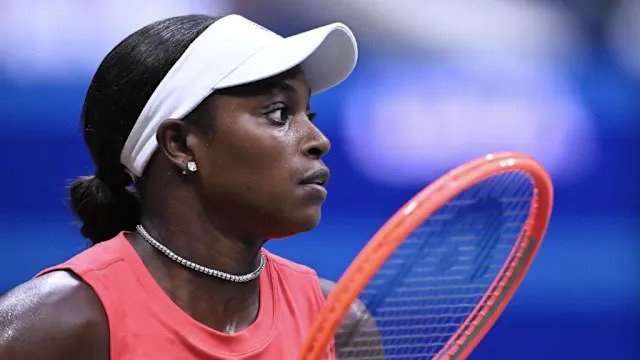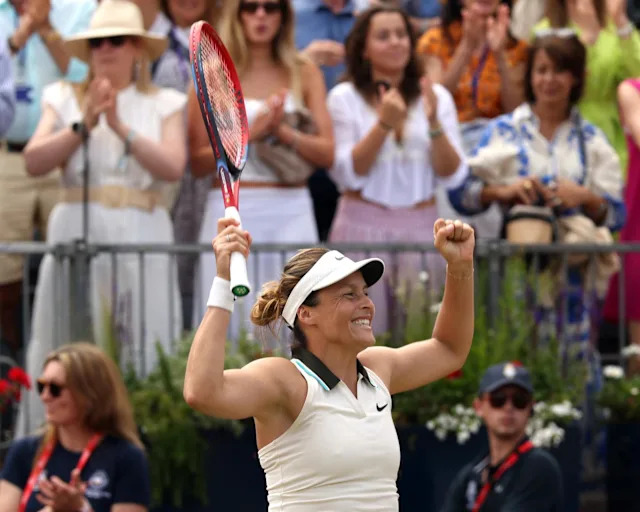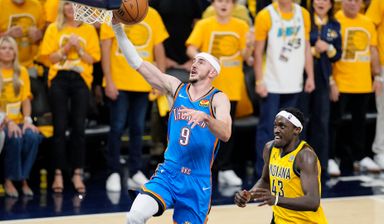The WTA Tour will protect female tennis players’ rankings if they preserve eggs or embryos in order to start a family later on. The offer is offered to any player in the world’s top 750 who has been out of action for more than ten weeks. Sloane Stephens, the 2017 US Open champion, believes the rule will minimize pressure on players to return to the court too early. The 32-year-old, who has won eight WTA titles, told BBC Sport that she has frozen her eggs twice before during the off-season. “The first time I did it, I rushed back and I was overweight and not happy – and just very stressed out,” she said! “The second time I did it, I adopted a completely different approach so that I could simply be in better shape: I could have surgery and more time to heal. “So having the protected ranking there, so that players don’t feel forced to come back early and risk their health again, is the best thing possible.” Players who go through fertility treatment can use their unique ranking to enter up to three events within 10 weeks of returning. The special ranking will be the average of a player’s ranking during a 12-week period preceding and during their absence. Players will not be able to utilize this ranking to enter one of the WTA’s elite 1000 events, since the circuit wishes to encourage players to have the operation during a quieter period of the season. “It’s all trial and error, because everyone’s body is different,” Stephens noted. “Someone may be away for three months, while another may be absent for one week. Some people gain a lot of weight, while others can return to their original weight quickly. I believe that having that support is beneficial when it comes to family planning. Stephens claims she was a major supporter of such a policy when on the WTA Players’ Council, and the tour’s CEO, Portia Archer, agrees the change was driven by players. “It was very much at the instigation of the players,” she told me. “We want to really help players address this conundrum where peak athletic performance coincides with the time period of peak fertility, so players are often faced with this tough choice of how to really maximise and optimise those years.” Grants have also recently been made available to cover the cost of any fertility treatment, and the WTA first began paid maternity leave earlier this year. More than 320 players are now eligible for up to 12 months of paid vacation, with everyone getting the same amount regardless of their ranking. The WTA revised the rules before the 2019 season, making it easier women return to the tour following maternity leave. New mothers can utilize their previous ranking to enter 12 tournaments during a three-year period following the birth of their kid. The WTA also has a health team that provides physical evaluations, mental health support, and advice on a staged return to play for new mothers and pregnant players. Tennis is not the only sport to encourage women who want to freeze their eggs; the WNBA, an American basketball league, offers up to $60,000 (£52,500) in reimbursement to players for fertility treatment, including egg freezing. High-profile athletes have spoken out about their decision to freeze their eggs, including England cricket captain Nat Sciver-Brunt and former England netballer Geva Mentor.
Search
Latest Posts
Latest Comments
Categories
Archives
- June 2025 (50)
- April 2025 (30)
- March 2025 (2)
Tags
Newsletter
“

By signing up, you agree to the our terms and our Privacy Policy agreement.






Leave a Reply